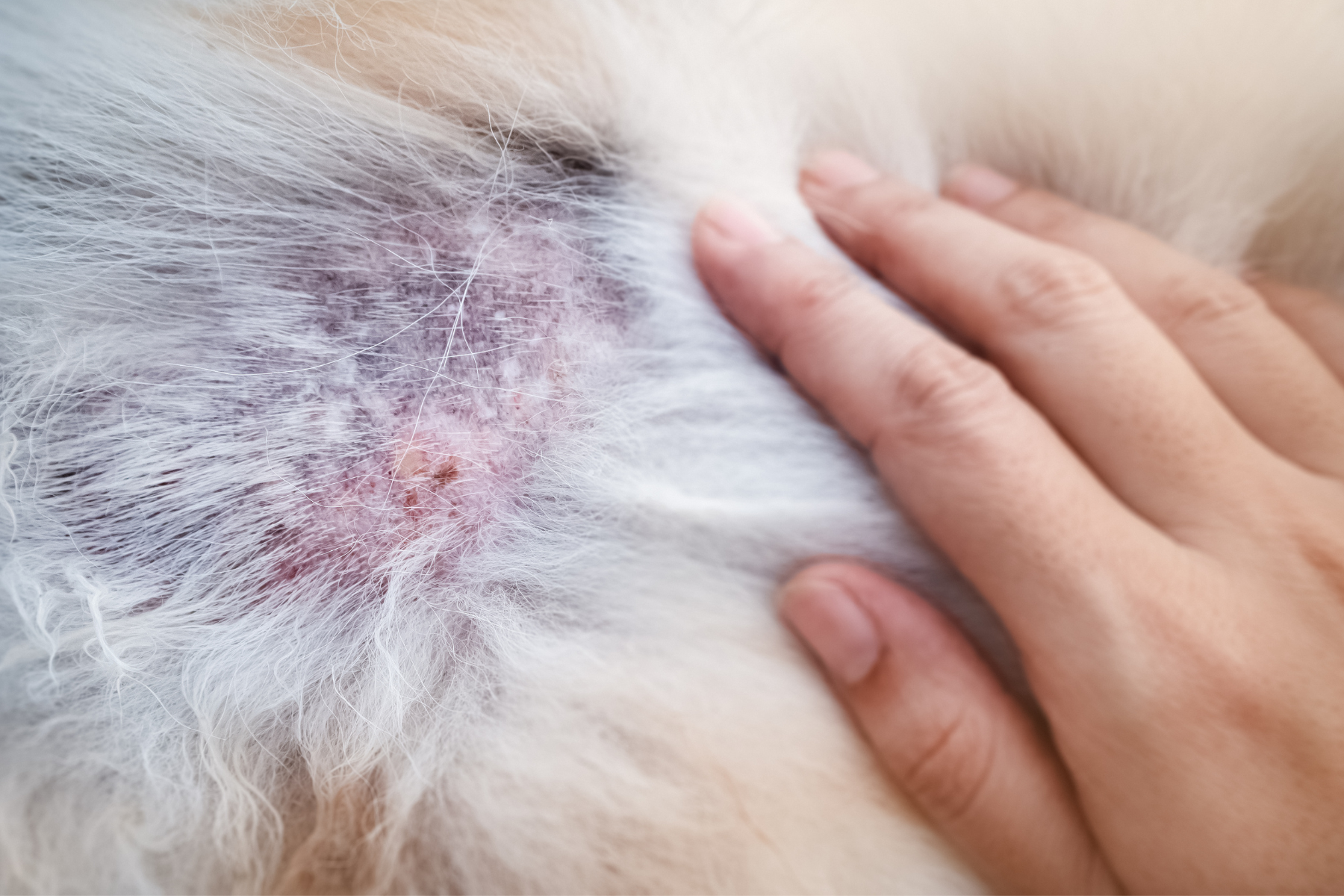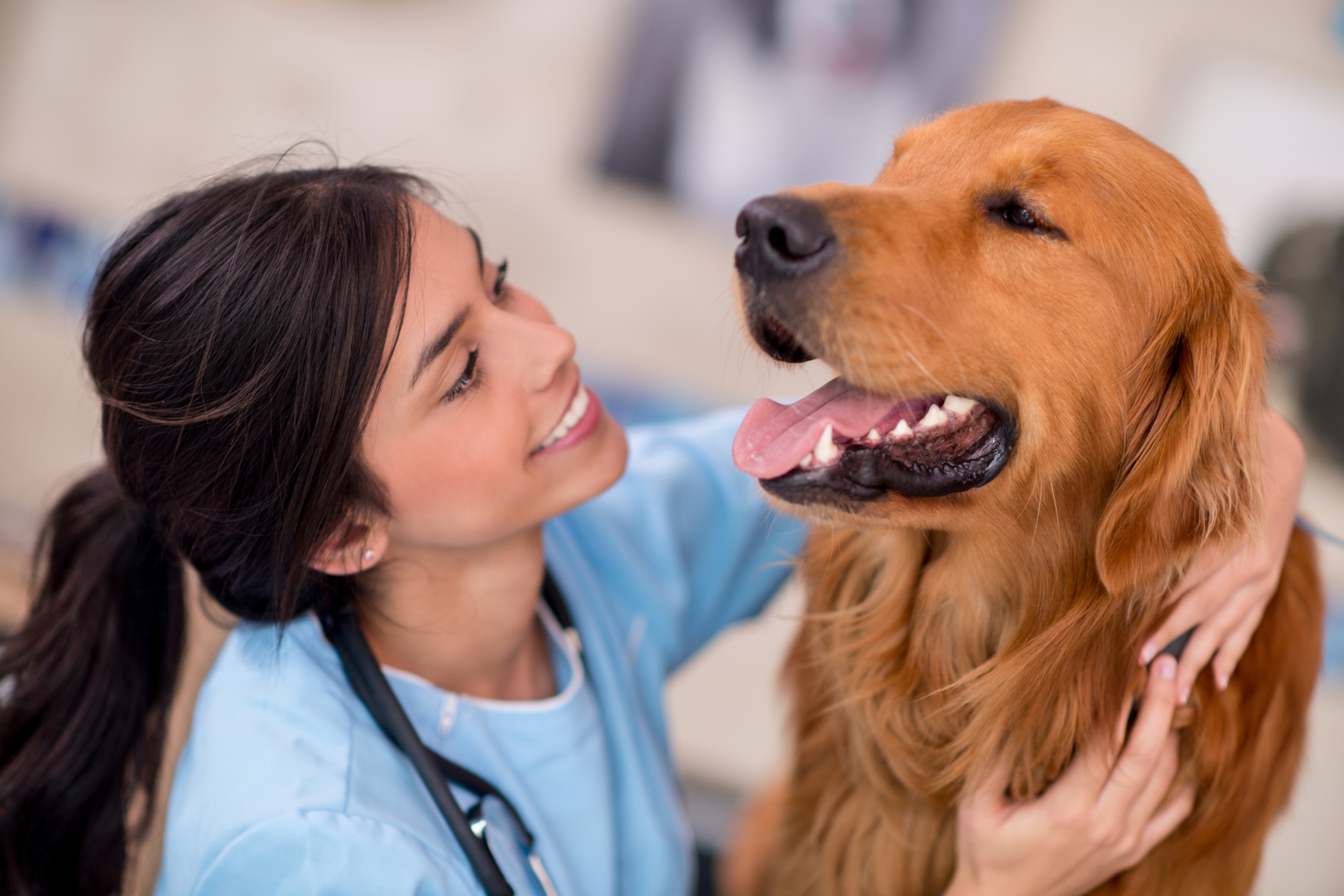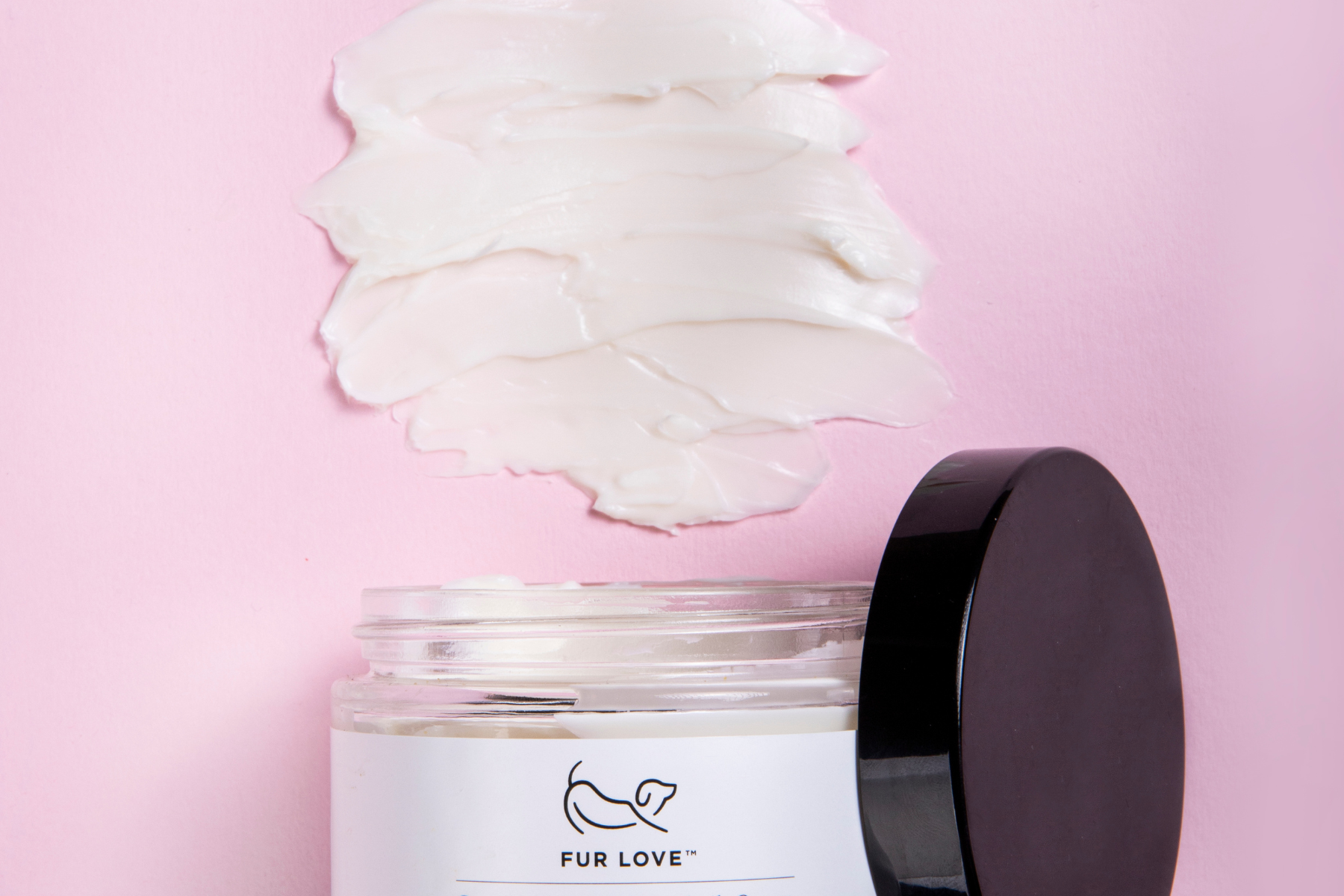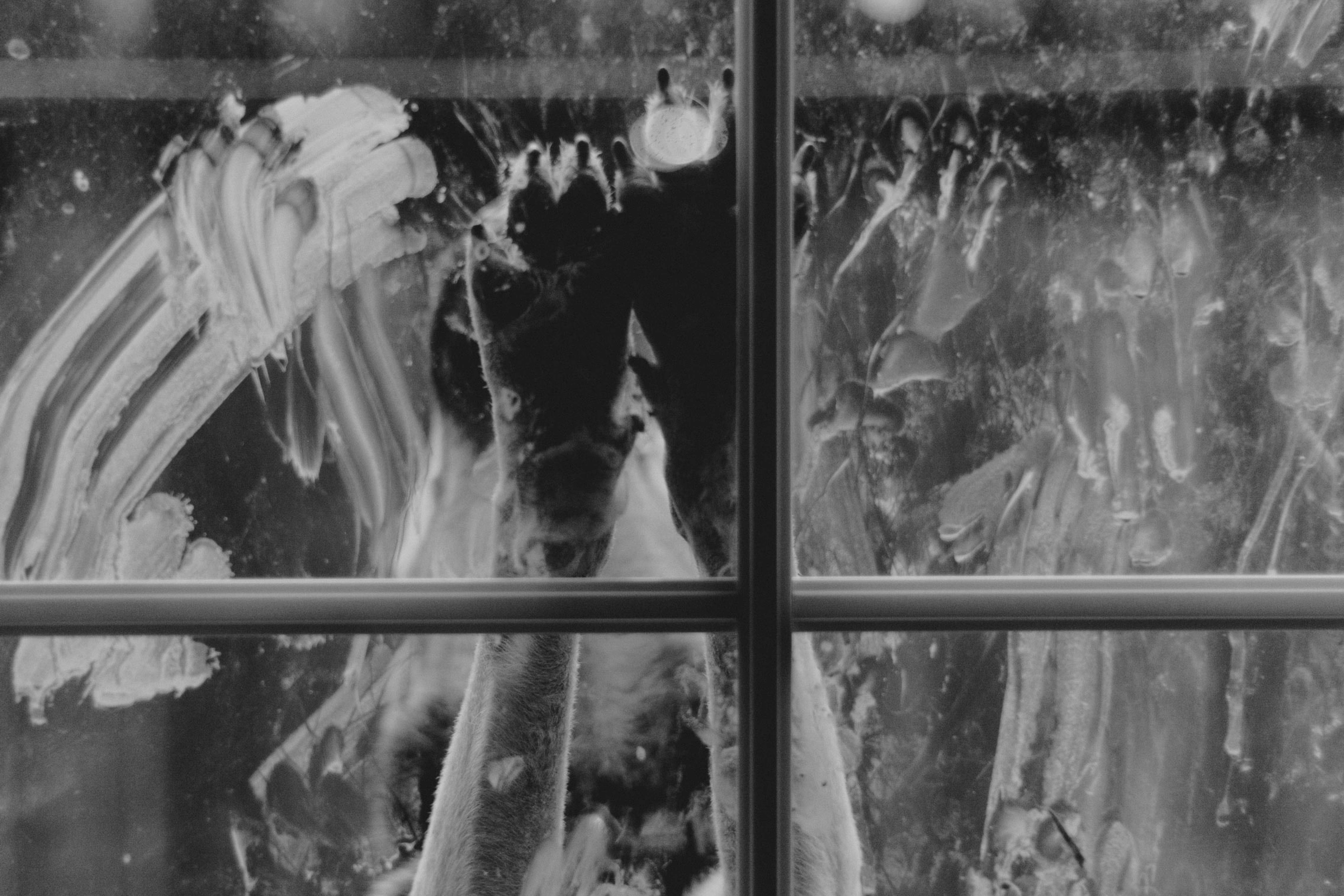How to get rid of fleas for good!
We'll delve deep into the world of these pesky parasites and how to keep your furry friend itch-free. From unraveling the flea life cycle to identifying signs of flea infestations in your dog and discovering practical strategies for prevention and treatment.

- Life cycle >
- Does my dog have fleas? >
- How to get rid of them >
Fleas are all year long due to warmer houses
UNDERSTANDING THE LIFE CYCLE OF A FLEA

STAGE 1:
An adult flea sustains itself by feeding on the host's blood, and remarkably, a single female flea has the capacity to produce an astounding 40 to 50 eggs every day!

STAGE 2:
Adult fleas deposit their eggs on the coat, which are dispersed into the environment or ingested when the dog licks itself.

STAGE 3:
The eggs hatch into larvae that instinctively seek out dark, warm areas:
- Bedding and Blankets
- Gaps in Couches and Armchairs
- Under Couches and Beds
- Skirting and gaps in wooden floors
- Rugs
- Any dim and cozy spots
- Carpeted areas
- Dust-prone places

STAGE 4:
The larvae undergo a transformative process by enveloping themselves in a cocoon, forming a protective pupa. Inside this pupal stage, they await the right moment to emerge as adult fleas, ready to seek out a host.
Fleas you see on your dog are 5% of the population at the time
Wondering if your dog has fleas?
ABNORMAL SCRATCHING / LICKING OR BITING
The first sign a flea is on a dog is often unrelenting scratching. Fleas like to hide in hard to reach places such as the head, neck, tail-base and groin. If your dog is scratching, licking or biting these places, it maybe an indication of fleas.
Each Female Flea produces 40-50 eggs per day
How to get rid of fleas
- Treat your pet with parasite control:
Find a flea treatment that works for you and your pet and one that prefferably lasts for at least 3 months to help break the lifecycle. - Regular Grooming:
Keeping their coats clean, healthy and tangle-free by washing them with quality products and brushing regularly. Ensuring profesional groom needed dogs are taken care of too. - Regular powerful vacuuming
Floors, upholstery and mattresses need regular vacuuming. Tight spaces and cracks and where your dog spends a lot of time need frequent cleaning. - Hot wash bedding
Fleas will live through cold and warm washes. Dry it at the highest heat setting too. If severe, replace it. - Treat your home:
Use a veterinary-approved household flea pack. Read the instructions carefully.

Image source: Bravecto www.msd-animal-health.co.nz
Check your dog for fleas regularly. Fleas are not seasonal parasites, as long as the climate is above approximately 15°C and humidity above 50% they can be active. If you suspect your dog has fleas, consult a veterinarian. If fleas are confirmed, other pets in your household will need treatment too. You also may need to treat your home. Frequent vacuuming and washing of your dog’s bedding can decrease the number of fleas in your home. If you follow these steps, your dog should be flea-free before you know it!






